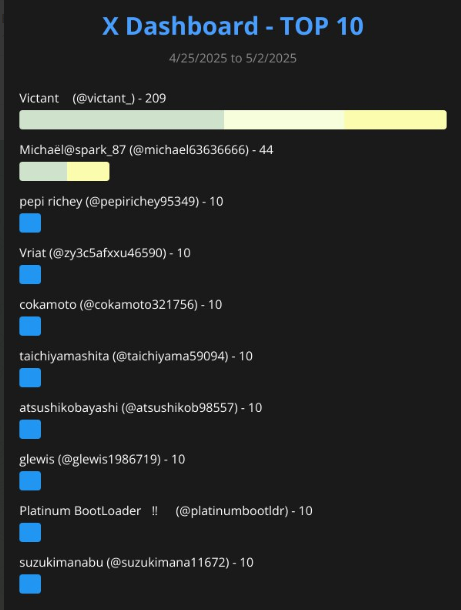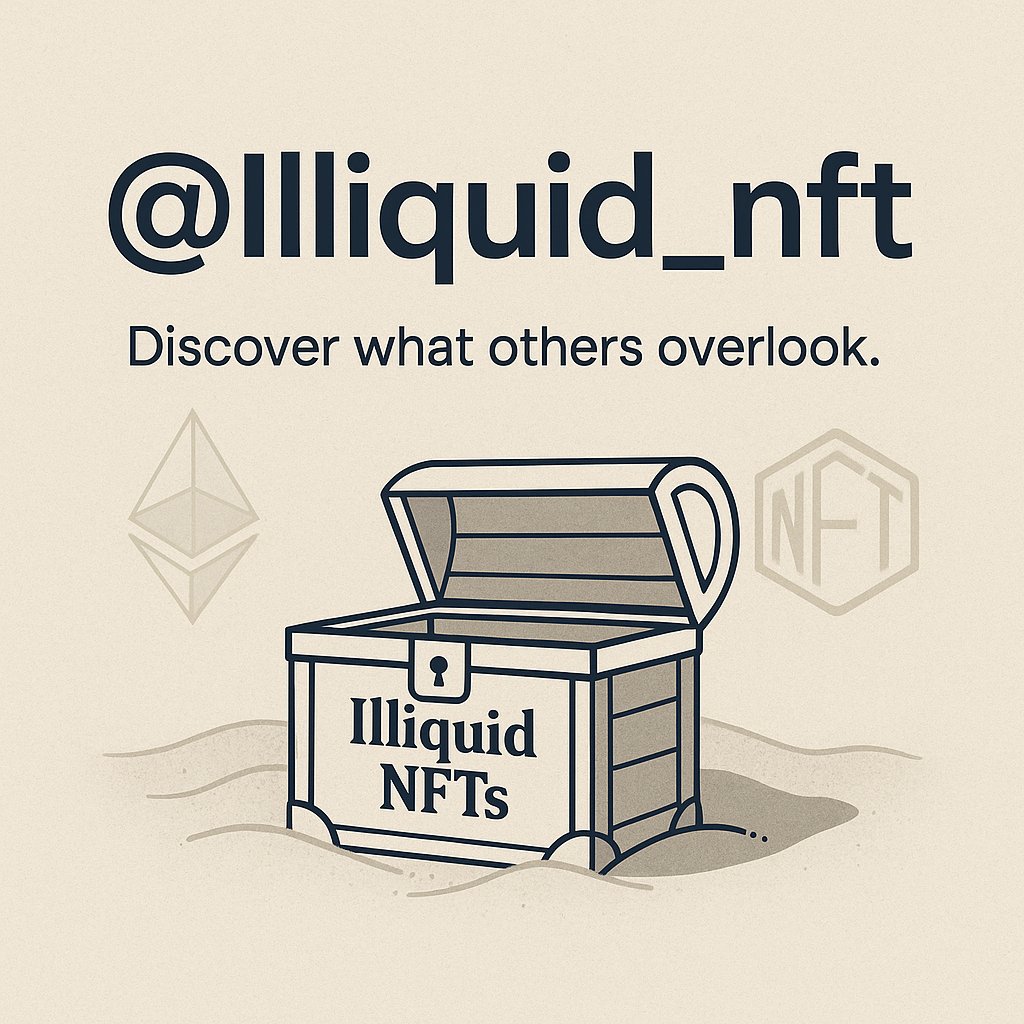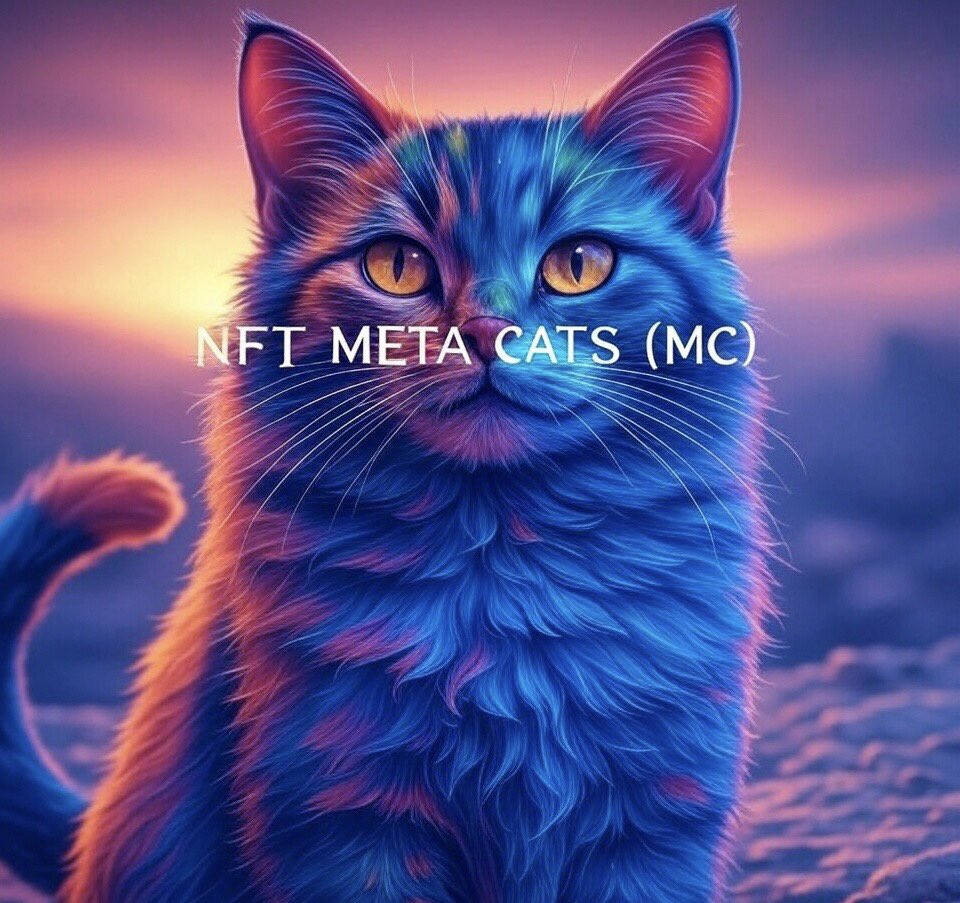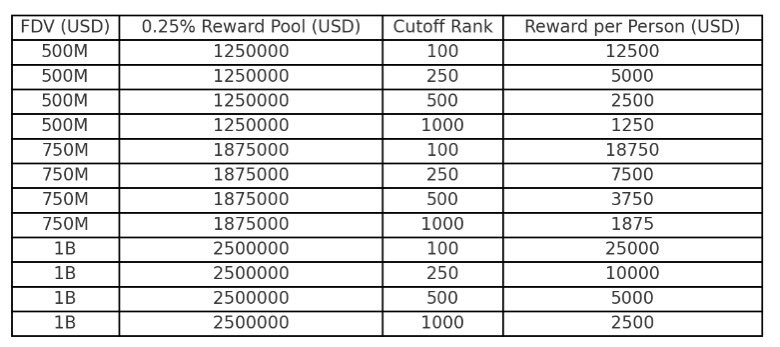Introduction
Imagine owning a piece of digital art that can’t be replicated, a virtual plot of land that you can develop and sell, or even a share in a luxury yacht. This isn’t science fiction; it’s the reality of Non-Fungible Tokens (NFTs). These unique digital assets are transforming industries, from art and gaming to real estate and music. But what exactly are NFTs, and how are they making waves in the real world? Let’s dive in and explore the fascinating intersection of NFTs and their practical applications.
The Rise of NFTs
Understanding NFTs
At their core, NFTs are digital certificates of ownership stored on a blockchain. Think of them as unique digital fingerprints that verify the authenticity and ownership of an asset. Unlike cryptocurrencies such as Bitcoin or Ethereum, which are fungible and interchangeable, NFTs are unique and irreplaceable. This uniqueness is what makes them perfect for representing ownership of both digital and physical assets.
Market Trends and Growth
The NFT market has skyrocketed in recent years. In 2021 alone, the total sales volume of NFTs reached a staggering $25 billion, up from just $94.9 million in 2020[1]. This meteoric rise can be attributed to several factors, including the growing acceptance of digital ownership, the rise of decentralized finance (DeFi), and the increasing interest in blockchain technology. As more people become aware of the potential of NFTs, the market continues to expand, attracting artists, investors, and enthusiasts alike.
Real-World Applications of NFTs
Digital Art and Collectibles
One of the most prominent applications of NFTs is in the realm of digital art and collectibles. Artists can tokenize their work, creating unique digital assets that can be bought, sold, and traded. Platforms like OpenSea and Rarible have become popular marketplaces for NFT art, with some pieces selling for millions of dollars. For example, digital artist Beeple sold an NFT for $69 million at Christie’s auction house[2]. This not only provides artists with a new way to monetize their work but also allows collectors to own unique pieces of digital art.
Gaming and Virtual Worlds
NFTs are also revolutionizing the gaming industry. In-game items, characters, and virtual real estate can be tokenized, allowing players to own and trade these assets. Games like Decentraland and The Sandbox are at the forefront of this trend, enabling players to buy, sell, and develop virtual land using NFTs. This not only enhances the gaming experience but also creates new economic opportunities within these virtual worlds. Players can earn real money by developing and selling virtual properties, blurring the lines between gaming and entrepreneurship.
Real-World Assets
Beyond digital art and gaming, NFTs are being used to represent real-world assets. Real estate properties, luxury goods, and even intellectual property can be tokenized, allowing for fractional ownership. This makes it easier for investors to buy and sell shares in high-value assets. Companies like Propy and Ubitquity are leading the way, using blockchain technology to streamline real estate transactions and property management. For instance, a property can be divided into multiple NFTs, each representing a share of ownership. This opens up investment opportunities for a broader range of people, democratizing access to high-value assets.
Music and Entertainment
The music industry is another sector benefiting from NFTs. Musicians can tokenize their albums, concert tickets, and even royalties, giving fans a unique way to support their favorite artists. Platforms like Catalog and Royal are pioneering this space, allowing artists to monetize their work directly through NFTs. This not only provides a new revenue stream for artists but also strengthens the connection between artists and their fans. For example, an artist could release an NFT that grants the holder exclusive access to a virtual concert or behind-the-scenes content, creating a more intimate and engaging experience for fans.
The Future of NFTs
Technological Advancements
As NFT technology continues to evolve, we can expect to see even more innovative applications. Advances in blockchain scalability, interoperability, and security will make NFTs more accessible and versatile. For example, the development of Layer 2 solutions and cross-chain bridges will enable seamless transactions across different blockchain networks, expanding the reach of NFTs. These technological advancements will make it easier for people to create, buy, and sell NFTs, further driving the growth of the market.
Regulatory and Legal Considerations
While the potential of NFTs is immense, there are also regulatory and legal challenges to consider. Governments and regulatory bodies are still grappling with how to classify and regulate NFTs. Issues such as intellectual property rights, taxation, and consumer protection need to be addressed to ensure the sustainable growth of the NFT market. For instance, the U.S. Securities and Exchange Commission (SEC) has been closely monitoring the NFT space, issuing guidelines and warnings to protect investors[3]. As the market matures, we can expect to see more clear regulations that provide a framework for the responsible use of NFTs.
Environmental Impact
The environmental impact of NFTs, particularly those minted on energy-intensive blockchains like Ethereum, has been a topic of debate. However, the shift towards more eco-friendly blockchains and the adoption of proof-of-stake (PoS) consensus mechanisms are mitigating these concerns. Initiatives like the Ethereum 2.0 upgrade and the development of green NFT platforms are paving the way for a more sustainable future for NFTs. These efforts are crucial for ensuring that the growth of the NFT market does not come at the expense of the environment.
Conclusion
The Path Forward
NFTs represent a transformative technology with the potential to reshape various industries. From digital art and gaming to real-world assets and entertainment, the applications of NFTs are vast and varied. As the technology continues to evolve, it is crucial for stakeholders to address regulatory, legal, and environmental challenges to ensure the sustainable growth of the NFT market. The future of NFTs is bright, and their impact on the digital and real worlds will be profound. Embracing this technology and exploring its full potential will pave the way for a more innovative and interconnected future. As we continue to push the boundaries of what is possible with NFTs, we can look forward to a world where digital ownership is as valuable and meaningful as physical ownership.
—
[1] DappRadar. (2021). NFT Market Report 2021. Retrieved from DappRadar
[2] Christie’s. (2021). Beeple’s Everydays: The First 5000 Days. Retrieved from Christie’s
[3] U.S. Securities and Exchange Commission. (2021). SEC Issues Investor Alert on Non-Fungible Tokens (NFTs). Retrieved from SEC





